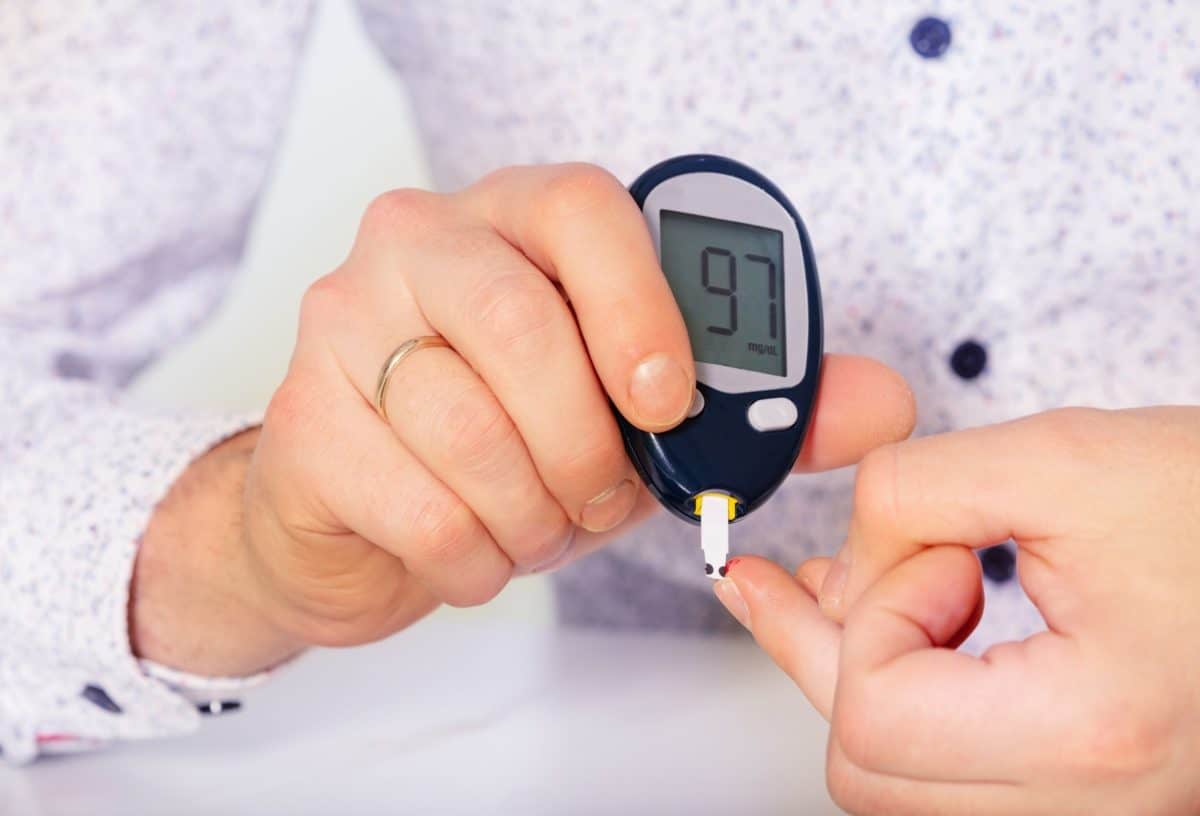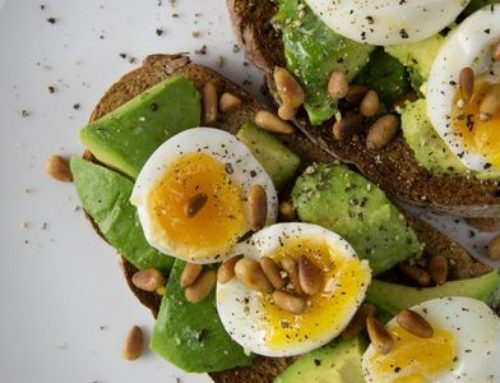
Your blood sugar levels are one aspect of your physiology and anatomy that's tightly controlled by your body. And, for a healthy body, it does a pretty good job of keeping it between 4-6mmol/L concentration. Blood sugar levels do rise above this level after a meal, however, if things are all working as they should, blood sugar levels are effectively brought back into the range above.
Unfortunately, due to a range of genetic and lifestyle factors, the body's ability to control its blood sugar levels can be impaired and as a result, blood sugar levels start to rise.
High blood sugar levels can be caused by any combination of the following factors:
- Food
- Physical inactivity
- Insulin resistance
- Insufficient insulin production
As a dietitian, my job is to give my clients strategies around food and eating patterns that can help them to keep their blood sugar levels under control.
In this article, I'll outline my top tips so that you too can get on top of your blood sugar levels.
Eat smaller carbohydrate portions at a meal:
Food consumption directly effects blood sugar levels, particularly when we eat foods containing carbohydrates. The rise in blood sugars after eating is a normal process – our bodies are made to cope with this naturally and after a few hours our blood sugar levels return to a normal range.
There is a saying, however, that "the dose makes the poison". Overeating large amounts of carbohydrate foods in one sitting can place a lot of stress on your body as it pulls out all the stops to return your skyrocketing blood sugar levels back to the normal range. Whilst it won't actually kill you, it can cause or worsen insulin resistance and insufficient insulin production. Over time you'll find it harder and harder to keep your blood sugars in the normal range.
Eating smaller carbohydrate portions at a meal can be difficult, especially if you're used to having carbohydrate foods as the main component of the meal. I can totally understand the struggle when limiting portions of a beloved carbohydrate staple, having spent an entire childhood and adolescence eating rice in a way that does not do any favours for my body's ability to deal with blood sugar levels in the future. However, I can assure you it's never too late to try, and it is certainly do-able.
Here are 2 easy ways to help reduce your carbohydrate portion sizes without starving!
Have 2 cups of non-starchy vegetables at meals
Non-starchy vegetables have little effect on blood sugar levels and are a great way of adding bulk and volume to your meals. By prioritising a minimum of 2 cups of these vegetables in your meal, it almost guarantees that you'll reduce your carbohydrate portions
These recipes are great examples of how adding those 2 cups of vegetables can help reduce your carbohydrate amount significantly, so that you can have your carbs and eat them too!
- Low GI Spaghetti Bolognese
- Salmon with Crispy Potatoes and Garlic Almond Vegetables
- Beef and Vegetable Stir Fry
Choose high-fibre carbohydrate foods
There is a tendency to overeat refined or processed carbohydrate foods as they have little to no dietary fibre. They take less time to chew and eat; and because they often weigh less than their heavier fibre-dense counterparts, you'll end up eating more to feel full. Swapping to high-fibre choices not only helps you stay full on smaller portions, but you'll also reap the gut-health loving benefits of dietary fibre. Win-win.
| LOW FIBRE FOODS | HIGH FIBRE FOODS |
|---|---|
|
|
Watch your drinks:
Our drinks have the potential to contribute a significant amount of carbohydrates to our diet. And because our drinks are liquid, it's pretty much a guarantee that the type of carbohydrates they offer are low in fibre and easily over-consumed.
Here are examples of some drinks which are commonly consumed together with a meal, and their carbohydrate equivalents in slices of bread.
- Fruit juice, 1 glass = 30g Carbohydrates / 2 slices of bread
- Iced coffee, 500ml bottle = 45g Carbohydrates / 3 slices of bread
- Hot chocolate, regular size = 47g Carbohydrates / 3 slices of bread
- Chocolate shake, 280ml (medium) size = 64g Carbohydrates / 4 slices of bread
- Coke/Sprite/Fanta, 600ml bottle = 64g Carbohydrates / 4 slices of bread
It's clear what the problem is. Eating 2 slices of grainy toast for breakfast is not an issue, but if you're drinking an equivalent of another 2 slices of bread in the form of fruit juice (minus all that wholegrain goodness!), then the problem is simply overconsumption of simple, refined carbohydrates.
Try these drinks instead, especially if drinking together with a meal:
- Water (use some diet cordial for a fruity flavour if required)
- Soda water, sparkling mineral water – if flavoured, pick options with <5g carbohydrates per 100ml
- Zero sugar or Diet soft drink
It's worth remembering that every person's situation is unique, and the above are just two examples of the different tools we use to manage blood sugar levels.
If you have tried dietary change yourself and are still unable to get on top of your blood sugar levels, then it may be time to get some help from a dietitian.



